Looking for a way to add some life and color to your tank? Consider adding some live plants! Aquariums are often dark, cold environments that can be depressing for the fish living in them. By adding some greenery, you will provide shelter for your fish, create more oxygen in the water, and create a dreamy aquascape that will make you want to visit your fish every day.
So, how do you add them to your aquarium? The task may seem overwhelming, but it’s not as difficult as you might think. This article will give you some tips on how to do so, where to get them, and what kind of plant will work best for you.
Why Should You Add Live Plants To Your Tank?
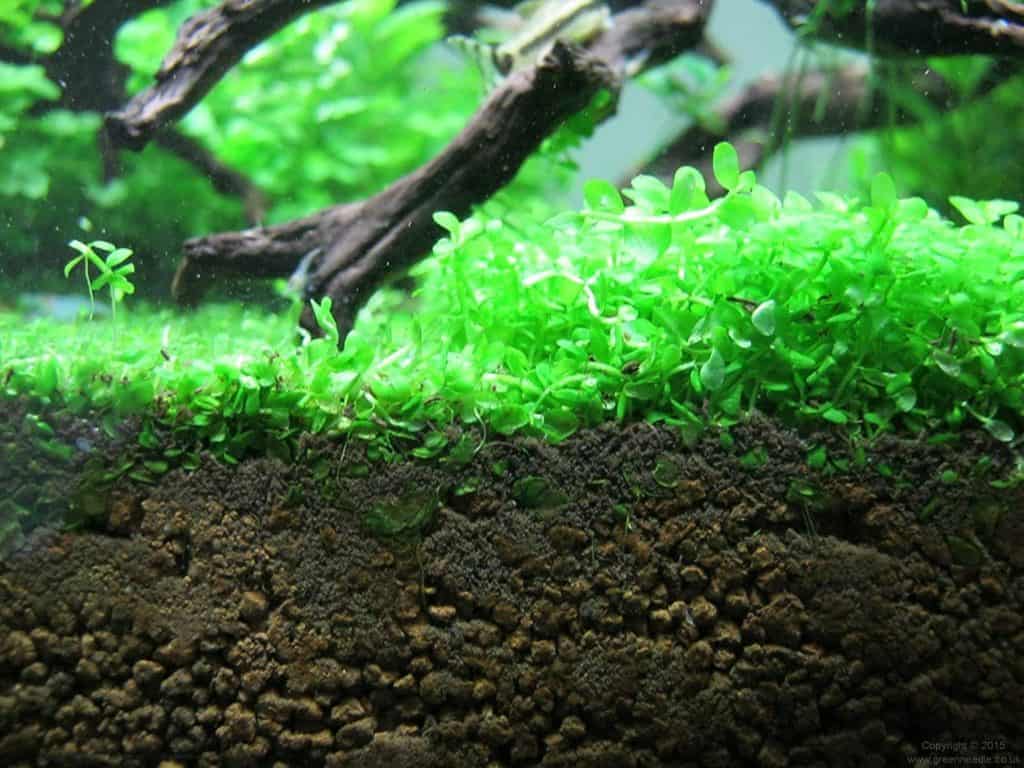
Aquatic plant enthusiasts swear by the benefits of adding some live greenery to their tank, and for good reason. While a fake plant may resemble real plants in appearance, opting for live aqua plants will make a difference to your aquarium in a few ways:
- It will provide shade and shelter for your fish. This alleviates stress on the species, particularly shy or delicate ones who may get pushed around by larger specimens of their kind.
- By creating more oxygen through photosynthesis, real plants produce more energy than they need to survive while releasing clean oxygen back into the water.
- Fish will feel more comfortable and relaxed in their own habitat when it is clean, clear, and natural. An aquascape rich with dense vegetation creates a healthy ecosystem for your fish to thrive within.
There are hundreds of species of live plants to choose from, and each will bring something special and unique to your aquascape. This makes it a one-of-a-kind, rewarding hobby for any aquarist.
How To Add Live Plants To Your Tank
Did we convince you to add some greenery to your aquarium? Remember to do so correctly! The way plants are added can either set you up for success or disaster. Here’s a step-by-step guide to planting them correctly, so you can enjoy them for longer:
Step 1: Clean Your Tank
Before you add any new plants, it is important that you clean your aquarium very well. This is important because fish waste, dead plant matter, and harmful ammonia can build up over time, clogging filters and damaging plants.
To do so, simply sift through your aquarium gravel with a gravel vacuum. Coarse gravel should be vacuumed with the larger end of the hose, while smaller gravel pieces should be cleaned with the finer side. Then use a gallon of water to rinse away any remaining residue.
After you have done this, do another round of cleaning using a fish tank cleaner. This product should be used to scrub the inside of your tank, removing any algae or other buildup.
Step 2: Add Appropriate Substrate
After you have cleaned your aquarium, it’s time to add a new substrate. Substrates provide rooted plants with nutrients and give them a stable base. They also help with maintaining water quality, as trapped debris in the substrate is easier to clean.
There are a variety of substrates available, depending on your preferences and needs. Some popular options include:
Gravel
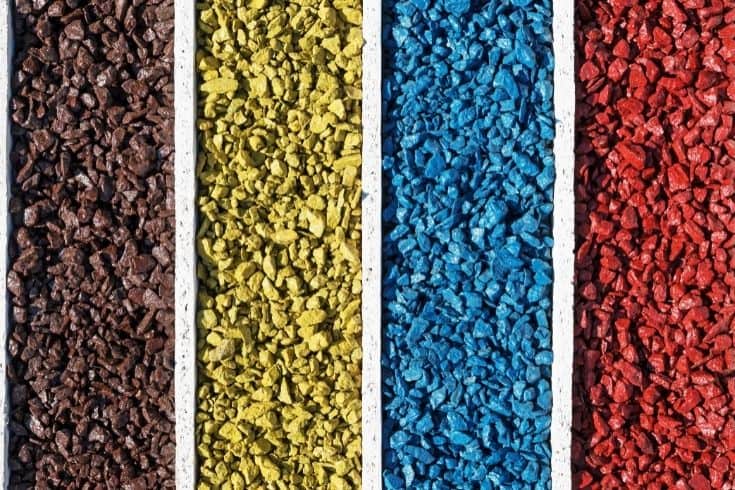
Gravel substrate provides plants with iron and silicates that promote healthy plant growth. The main downside is that it can get messy and hard to clean if you don’t use a gravel vacuum.
Coarse Sand

Sand is another substrate that provides nutrients for plants and makes water clearer by trapping some solids in the tank. However, it can be difficult to clean as well due to its loose nature.
Coco Chips
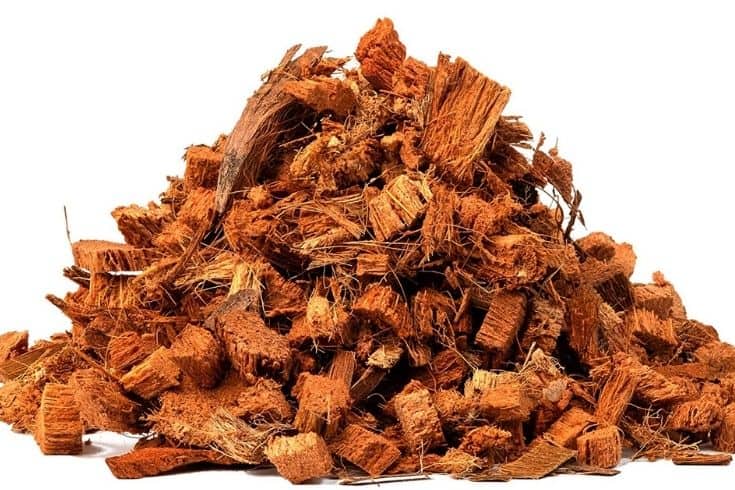
Coco chips are a type of plant growth substrate made of compressed coconut husk. They provide an excellent medium for supporting plant life. In addition, this type of substrate is also completely natural and eco-friendly, making them a great choice for aquariums on the go!
Regardless of which substrate you choose, be sure to rinse it thoroughly before adding it to your tank.
Step 3: Add Plants to Your Aquarium
Finally, you’re ready to add some vegetation! The best way to accomplish this is by planting them in groups or clusters instead of singularly. Pack the substrate in a loose and airy manner, so that you can plant individual plants easily.
When planting your aquarium, be sure to work carefully and slowly as plant roots are delicate! Use a pair of tongs or tweezers so as not to damage them. Also, ensure that each specimen has some space between it and the next so that they have room to grow.
Step 4: Fill Your Tank With Water
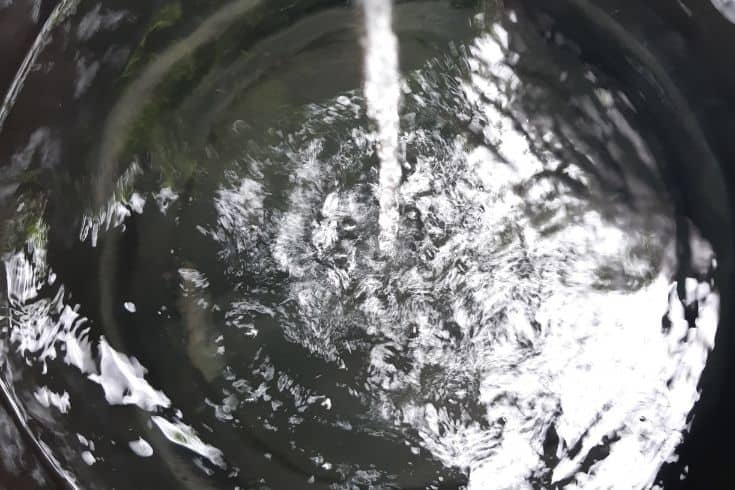
After you have added your plants, it’s time to fill the tank with water. Be sure to use dechlorinated and conditioned tap or well-water so that your fish can thrive in their new environment! Add a small amount of aquarium plant fertilizer as well – this will allow them to really grow and flourish.
Once you have filled the tank, it’s important that you wait until the water has cleared up before adding any new fish or re-introducing old ones into their home. This is because cloudy water can stress your fishy friends out! Give them at least 24 hours to adjust in a separate container before adding them back to their home.
Step 5: Re-Introduce Your Fish!
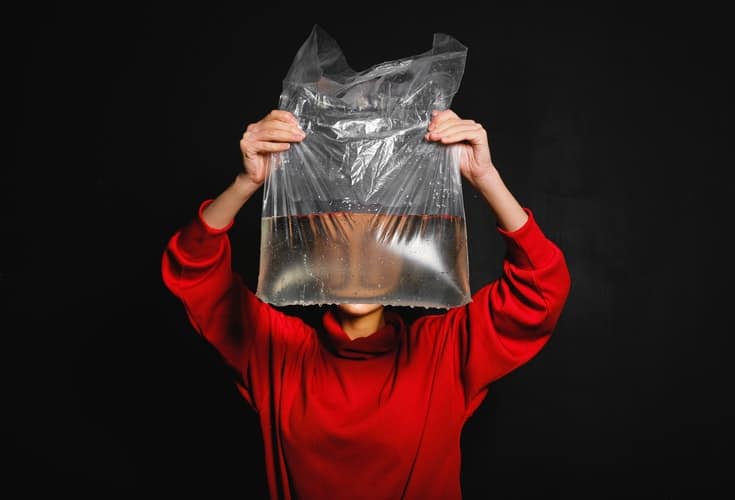
As mentioned above, it’s important to wait until the water has cleared up before adding your fish back into their aquarium. This shouldn’t take longer than 24 hours—otherwise, they may get stressed out!
After you have waited, simply add them back in and enjoy your new aquascape! If everything goes well, there should be a significant positive difference in the look and feel of your aquarium.
What Kind of Plant Should I Opt For?
Species selection is one of the most important decisions you can make when designing your aquascape. Many factors affect your choice of greenery, such as the lighting conditions in your tank, the size of your aquarium, the exact plant placement you have in mind, your level of expertise, and your plant’s compatibility with your fish. Let’s take a closer look at each of these factors:
Aquarium Light Source
To keep your plants alive, you need to provide them with the light energy they need to photosynthesize. The most common freshwater aquarium light source comes from fluorescent lights or full-spectrum lighting made especially for fish tanks, but you could also use sunlight if it gets enough natural light during the day.
The hours of light per day your plants receive will affect the type of plant you should buy. For example, if you have a very dimly lit aquarium with only four hours of light per day, then your best choice would be small-leafed floating species, or those that don’t need much light to survive.
On the other hand, if your tank receives intense light for eight hours per day, you should opt for plants in the foreground or mid-ground that can withstand higher levels of light.
Plant Placement
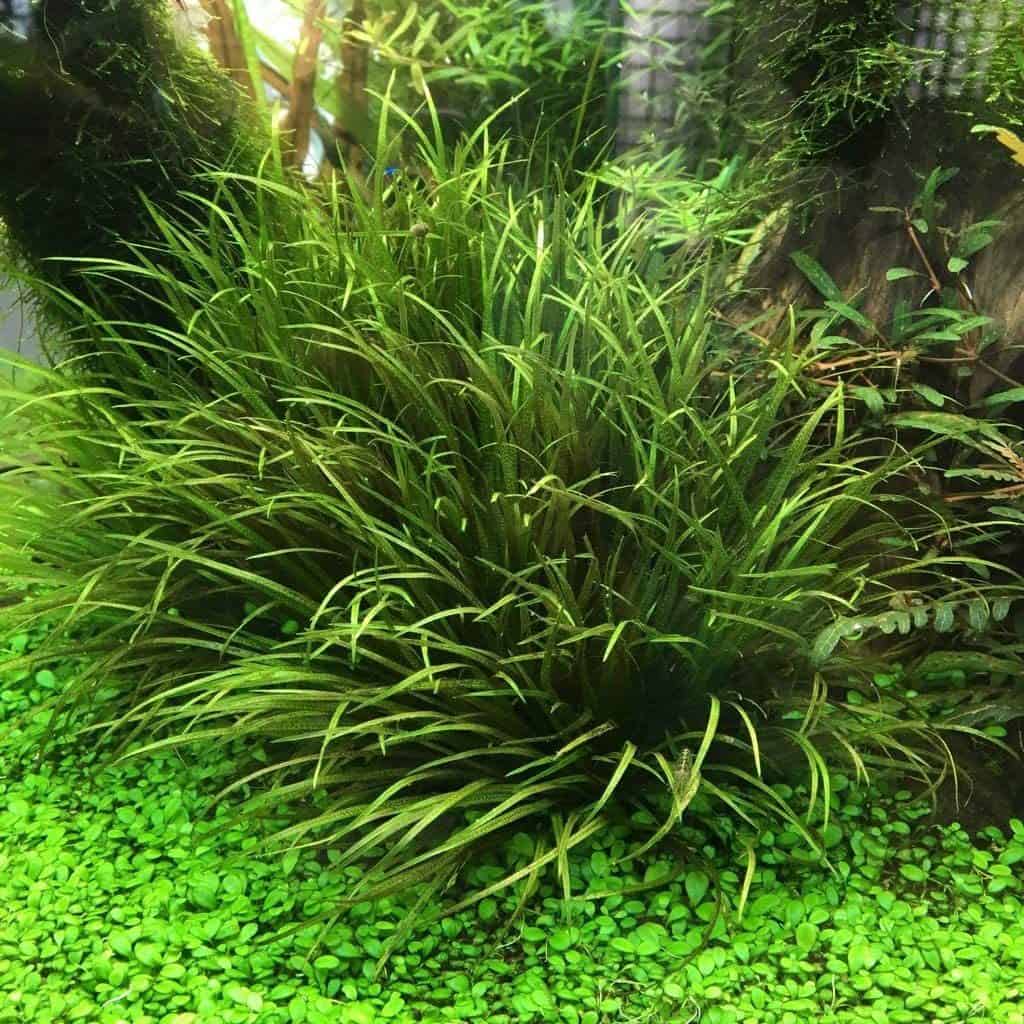
Your desired plant placement will also affect the species of plant type you opt for. Ideally, every aquascape should have a mix of foreground, mid-ground, and background plants. Here are some popular beginner-friendly options for each of the above.
Foreground plants: All carpeting plants make excellent choices for the foreground. Beginner-friendly options include the Java Moss, Pygmy Chain Swords, and Dwarf Hairgrass. Remember that they all have plant roots that grow submerged in the water, so a plant substrate will be necessary.
Mid-ground plants: Opt for leafy plants of medium height. Some examples include Anubias, Limnophila Aromatica, and Java fern plants. Frilly plants also make good choices as they can lend dimension to your aquascape.
Background plants: These are usually tall plants that are placed towards the back of your tank, which helps create a beautiful layered look. It is best to opt for long, reedy plants that will not block any light. Popular choices include Amazon Swords or Red Melon Swords.
Aquascaping Plant Care Level
Your experience with aquarium plant care will also affect the kinds of plants you opt for because some are easier to grow than others. If you’re an absolute beginner, start with those that are easy to care for. These include Echinodorus Tenellus, Bacopa Monnieri, and Rotala Macrandra.
Medium-level: For those who want a challenge but aren’t quite ready for high maintenance species yet, hardy options like Hygrophila Polysperma, Bacopa Caroliniana, and Ludwigia Inclinata are a great bet.
High maintenance level: If you’re an expert aquascaper who has mastered the aquatic plant basics and wants to create dramatic landscapes with advanced plants, go for something like Vallisneria Spiralis or Dwarf Sagittaria.
Aquarium Size
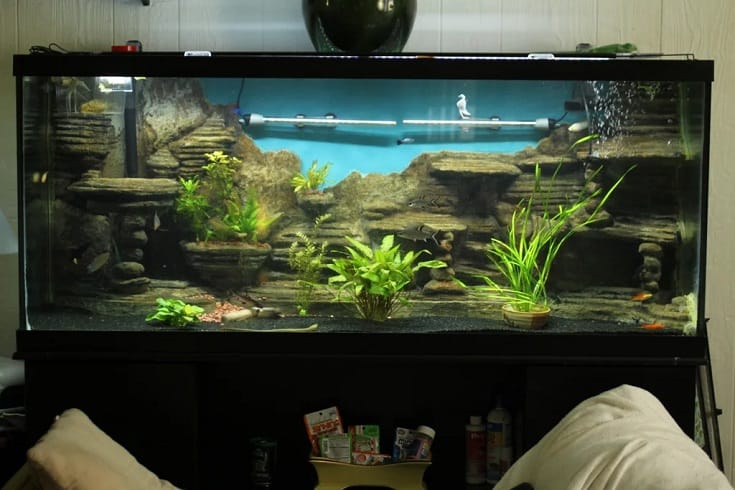
The size of your aquarium will also affect your decision. For instance, if your tank is small, plant species should have compact leaves so they don’t cover too much space in your aquascape.
On the other hand, large-leafed plants will look best in a larger tank. Remember to keep their maximum sizes in mind as you make your choices! Some plants may initially appear tiny, but they will soon grow large enough to cover your entire tank.
Fish Compatibility
If you already have fish in your aquarium, make sure that the plants you buy are compatible with them. Some species can harm or even kill certain fish species if they’re poisonous to them.
For example, some species of Bacopa can be fatal to shrimp if it’s eaten, so make sure the plant you choose is safe for your fish before adding it. Meanwhile, betta fish should not be kept with larger plants as they can damage their fins.
Therefore, it’s best to shop for options that both look good and aren’t harmful to your current tank inhabitants. Do your research, and you’ll be good to go.
FAQs
Where Can We Buy Plants?
It’s tempting to just pick them up from your local pet store, but we suggest that you get cuttings and seedlings online instead. They tend to be cheaper than buying full-grown specimens in stores because they are usually grown by hobbyists or commercial growers looking for a profit. Check out our recommended online retailers here.
Can You Add Aquatic Plants To An Established Tank?
Yes, you can add them to an established tank. However, it’s generally not recommended because plant nutrients will already be at their peak in a well-established aquarium. In this case, adding any more additional fertilizers may cause algae blooms and reduce water quality overall.
What Is The Ideal Temperature Range For Most Plants?
The ideal temperature range for most species is between 68°F and 86°F. This can be achieved by keeping a heater in your aquarium—just make sure you don’t place it under the substrate where it could potentially overheat!
Conclusion
We hope this article gave you a better idea of how to add aquatic plants to your freshwater tank! If you found it helpful, feel free to share it with your friends and family. If not, let us know in the comments section below, and we’d love to help you out. Thank you for reading, and happy aquascaping!
